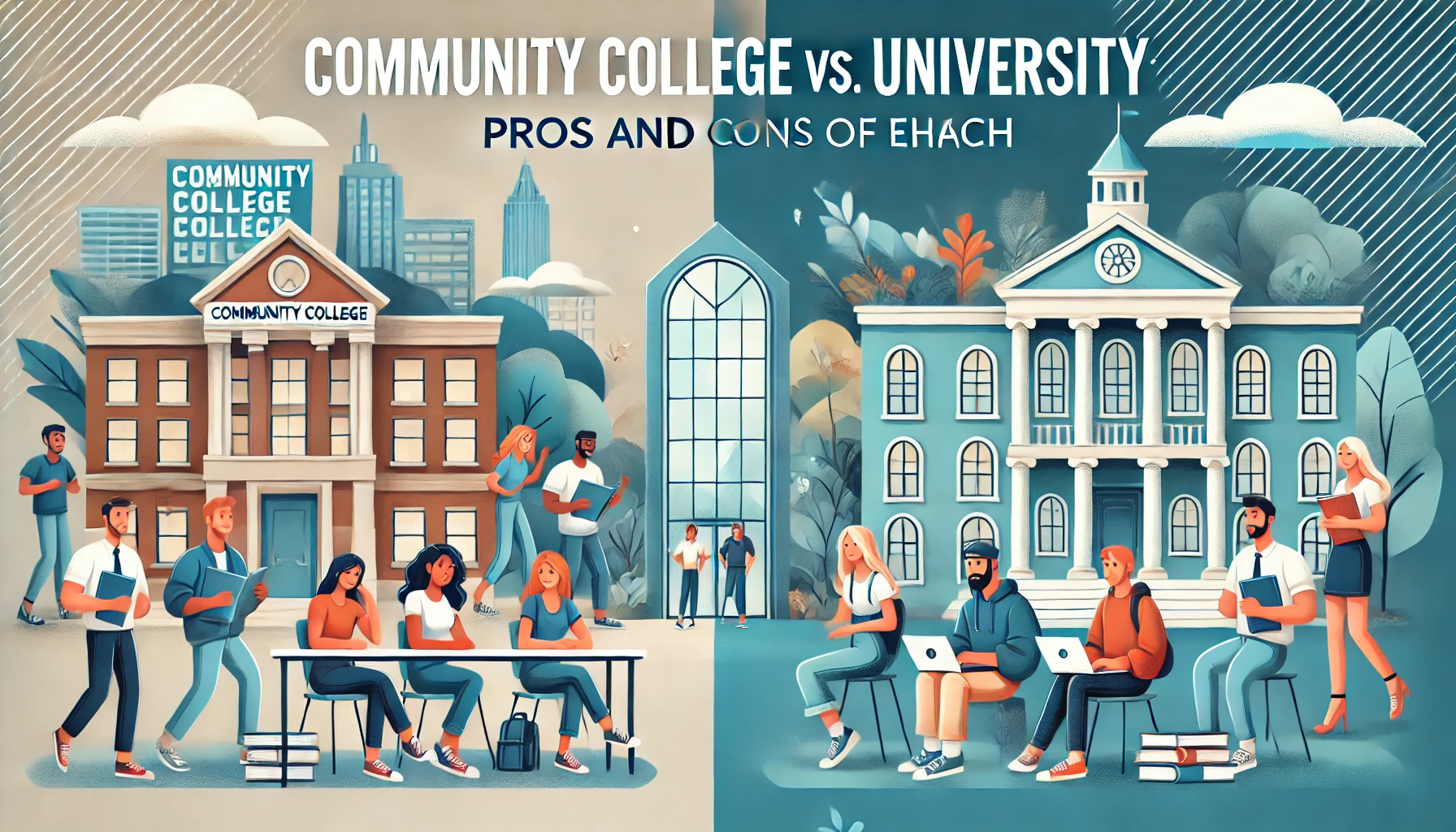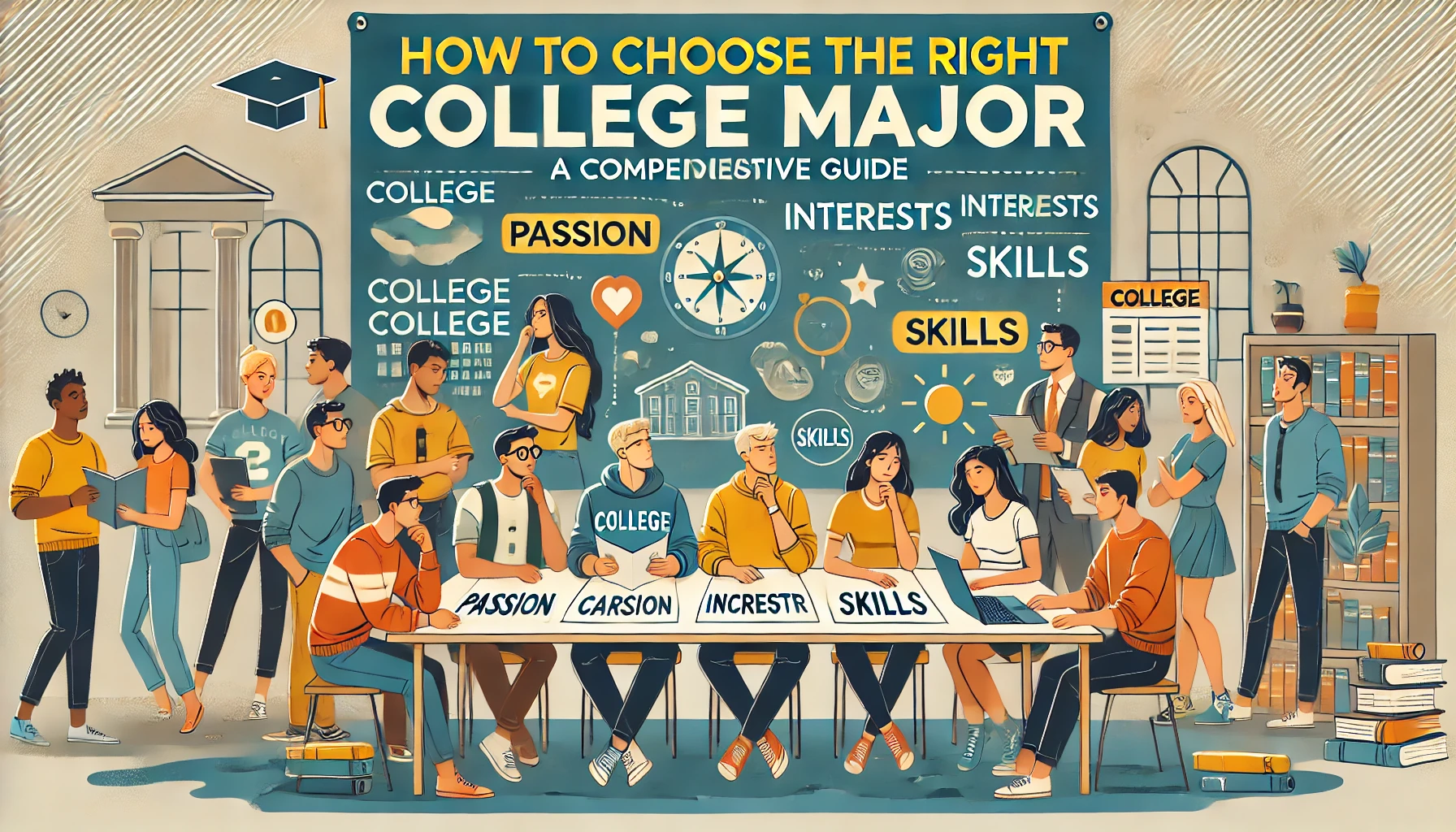Community College vs. University: Pros and Cons of Each

The decision of where to pursue higher education is a significant one, with implications for a student’s academic journey, career prospects, and financial situation. Among the options, community colleges and universities are two of the most popular choices. Each offers unique benefits and potential drawbacks, depending on the individual’s needs, goals, and circumstances. This article explores the pros and cons of community colleges versus universities to help students make informed decisions about their educational pathways.
Understanding the Basics
Community Colleges
Community colleges, also known as junior colleges, are two-year institutions that offer associate degrees and certificate programs. They are typically designed to provide students with the foundational knowledge and skills needed for entry-level jobs or to prepare for transfer to a four-year university.
Universities
Universities are four-year institutions that offer undergraduate (bachelor’s degrees) and often graduate programs (master’s and doctoral degrees). Universities provide a broader and more in-depth education, with opportunities for research, advanced study, and specialized programs.
Pros of Community Colleges
1. Cost-Effectiveness
One of the most significant advantages of attending a community college is the lower cost of tuition. Community colleges are generally much more affordable than universities, making them an attractive option for students who need to manage their educational expenses.
- Lower Tuition Fees: On average, community college tuition is a fraction of the cost of university tuition. This affordability can reduce the need for student loans and help students avoid significant debt.
- Savings on Living Expenses: Many community college students live at home, which can save money on housing and meal plans that are typically required at universities.
Example: A student attending a community college might pay around $3,000 to $4,000 per year in tuition, compared to $10,000 to $30,000 or more at a public university.
2. Flexible Scheduling
Community colleges often offer flexible class schedules, including evening and weekend classes, which can accommodate students who need to work part-time or have other commitments.
- Part-Time Study Options: Students can take fewer classes per semester, allowing them to balance work, family, and education.
- Online and Hybrid Courses: Many community colleges provide online courses, enabling students to study from home and manage their schedules more easily.
3. Smaller Class Sizes
Community colleges typically have smaller class sizes compared to universities, which can provide a more personalized and supportive learning environment.
- Individual Attention: Professors can offer more one-on-one attention, helping students understand complex material and succeed academically.
- Supportive Environment: Smaller classes foster a sense of community, allowing students to form closer relationships with peers and instructors.
4. Ease of Access and Admission
Community colleges have more relaxed admission requirements, making them accessible to a broader range of students, including those who may not have excelled in high school or who are returning to education later in life.
- Open Enrollment Policies: Many community colleges have open admissions, meaning that any student with a high school diploma or equivalent can enroll.
- Local Access: Community colleges are often located close to home, reducing the need for students to relocate and making higher education more accessible.
5. Pathway to University
Many students use community college as a stepping stone to a four-year university. By completing general education courses at a community college, students can transfer to a university to complete their bachelor’s degree.
- Transfer Agreements: Many community colleges have articulation agreements with local universities, ensuring that credits transfer smoothly.
- Cost Savings: Completing the first two years of a degree at a community college can significantly reduce the overall cost of a university education.
Cons of Community Colleges
1. Limited Degree Options
Community colleges primarily offer associate degrees and certificate programs, which may not be sufficient for students aiming for certain careers that require a bachelor’s degree or higher.
- Fewer Majors: The range of available majors is often limited compared to universities, which can restrict students’ academic and career options.
- Lower Earning Potential: An associate degree generally leads to lower starting salaries compared to a bachelor’s degree.
2. Lack of Campus Life
Community colleges often have fewer extracurricular activities, sports, and social events compared to universities, which can limit the traditional “college experience.”
- Limited Social Opportunities: Students may miss out on the sense of community and networking opportunities that come with a more vibrant campus life.
- Fewer Facilities: Community colleges may have fewer resources, such as libraries, research facilities, and student organizations.
3. Perception and Prestige
Community colleges sometimes carry a stigma of being less prestigious than universities, which can affect students’ perception of their education and, in some cases, their employment prospects.
- Lower Prestige: Some employers and academic institutions may view an associate degree or community college education as less prestigious than a degree from a four-year university.
- Transfer Challenges: While many students successfully transfer to universities, some may find it challenging to adapt to the academic rigor and expectations of a four-year institution.
Pros of Universities
1. Broad Range of Degree Programs
Universities offer a wide array of undergraduate and graduate programs, allowing students to pursue specialized fields of study that align with their career goals.
- Diverse Majors: From engineering to the arts, universities provide a comprehensive selection of majors and minors.
- Advanced Degrees: Students can pursue master’s and doctoral programs, which are essential for certain careers.
2. Research Opportunities
Universities are often centers of research and innovation, providing students with opportunities to participate in cutting-edge projects and gain valuable experience.
- Access to Research Facilities: Students have access to advanced labs, equipment, and resources that are typically unavailable at community colleges.
- Collaboration with Experts: Universities attract leading scholars and researchers, offering students the chance to work with experts in their fields.
3. Comprehensive Campus Experience
Universities offer a vibrant campus life, with numerous extracurricular activities, clubs, sports teams, and cultural events that enrich the student experience.
- Social Engagement: Students can build lifelong friendships and networks through participation in campus activities.
- Personal Growth: Engaging in campus life fosters leadership skills, teamwork, and personal development.
4. Greater Earning Potential
Earning a bachelor’s degree from a university often leads to higher earning potential compared to an associate degree from a community college.
- Career Advancement: Many professions require a bachelor’s degree as a minimum qualification, and advanced degrees can open doors to leadership positions.
- Higher Salaries: Statistics consistently show that individuals with bachelor’s degrees earn more on average than those with only an associate degree.
Cons of Universities
1. Higher Cost
The cost of attending a university is significantly higher than that of a community college, which can lead to substantial student debt.
- Tuition and Fees: University tuition is often much higher, and additional costs such as housing, meal plans, and textbooks can add up.
- Financial Burden: Students and their families may need to take out loans, leading to long-term financial obligations.
2. Larger Class Sizes
Universities often have larger class sizes, especially in introductory courses, which can make it challenging for students to receive personalized attention.
- Less Individual Attention: Professors may not have the time to provide one-on-one support, making it difficult for students who need extra help.
- More Competition: Larger class sizes can lead to more competition for resources, opportunities, and recognition.
3. Admission Requirements
Universities often have more stringent admission requirements, which can make it challenging for some students to gain acceptance.
- Selective Admissions: Competitive universities may have high GPA and standardized test score requirements.
- Stressful Application Process: The application process can be lengthy and stressful, with multiple components such as essays, letters of recommendation, and interviews.
Conclusion
Both community colleges and universities offer valuable educational opportunities, each with its own set of pros and cons. Community colleges provide an affordable, flexible, and accessible option for students, while universities offer a more comprehensive, research-oriented, and socially enriching experience. The choice between the two depends on individual goals, financial considerations, academic interests, and career aspirations. By carefully evaluating the advantages and disadvantages of each, students can make informed decisions that align with their personal and professional goals, paving the way for a successful future.




